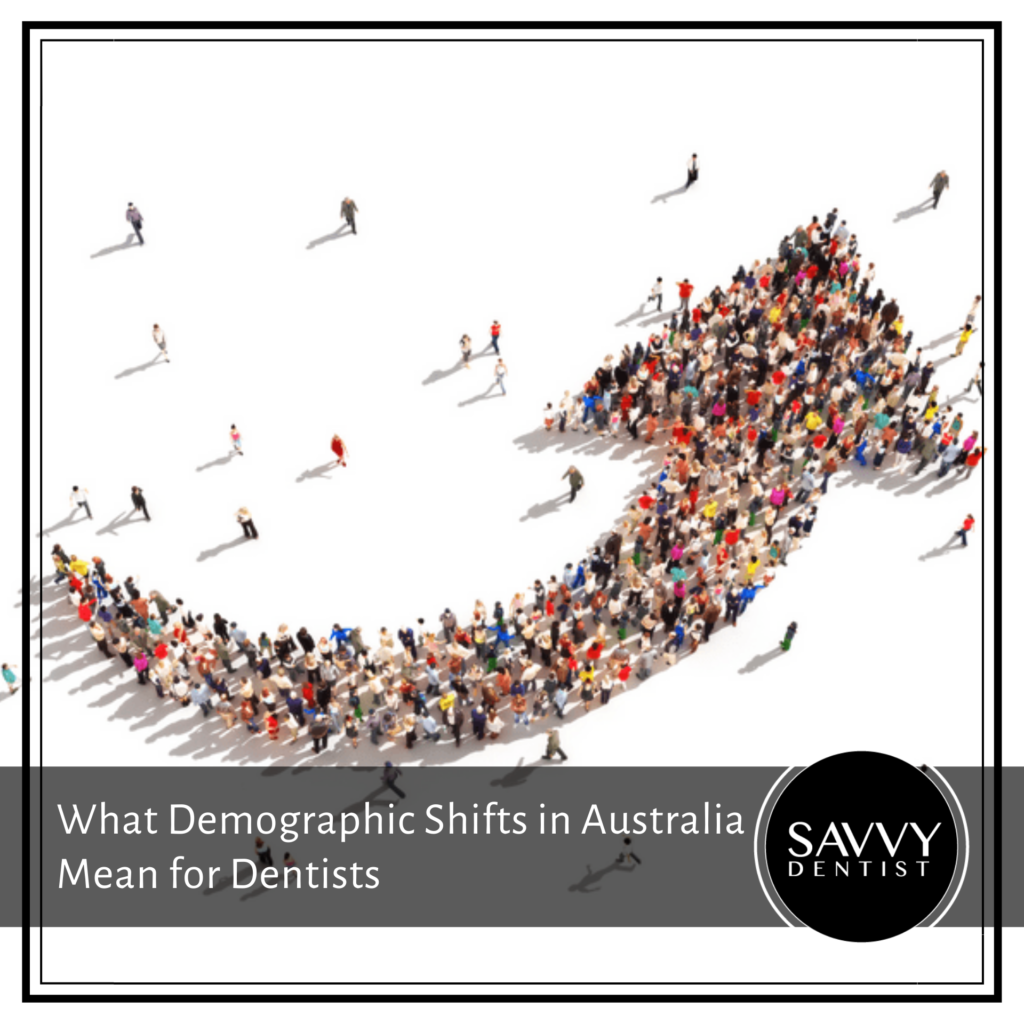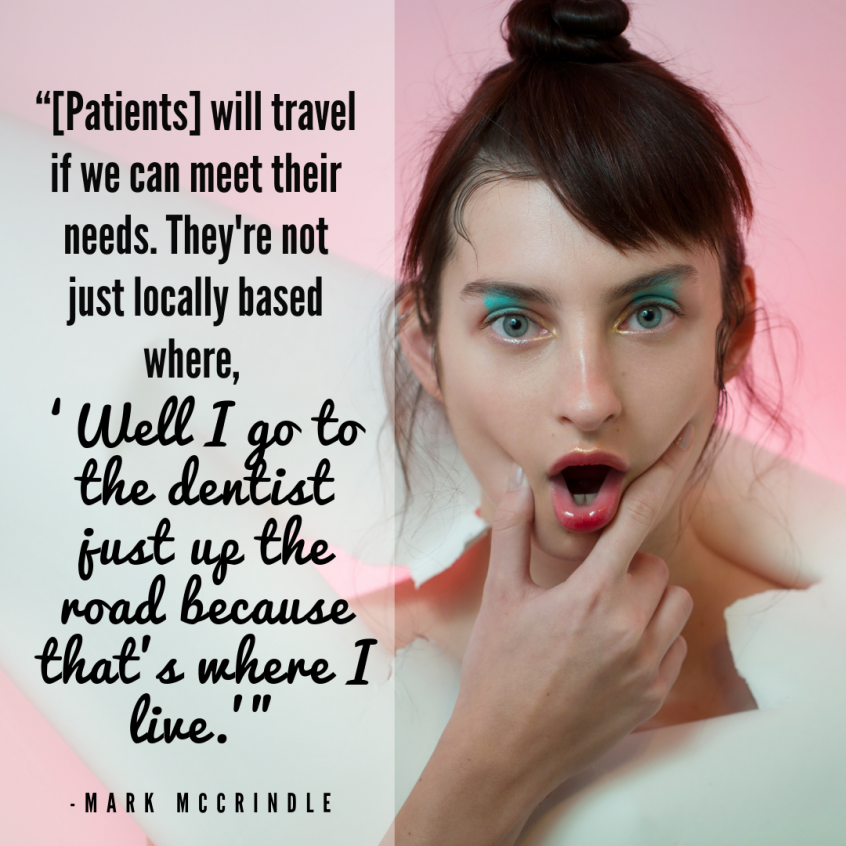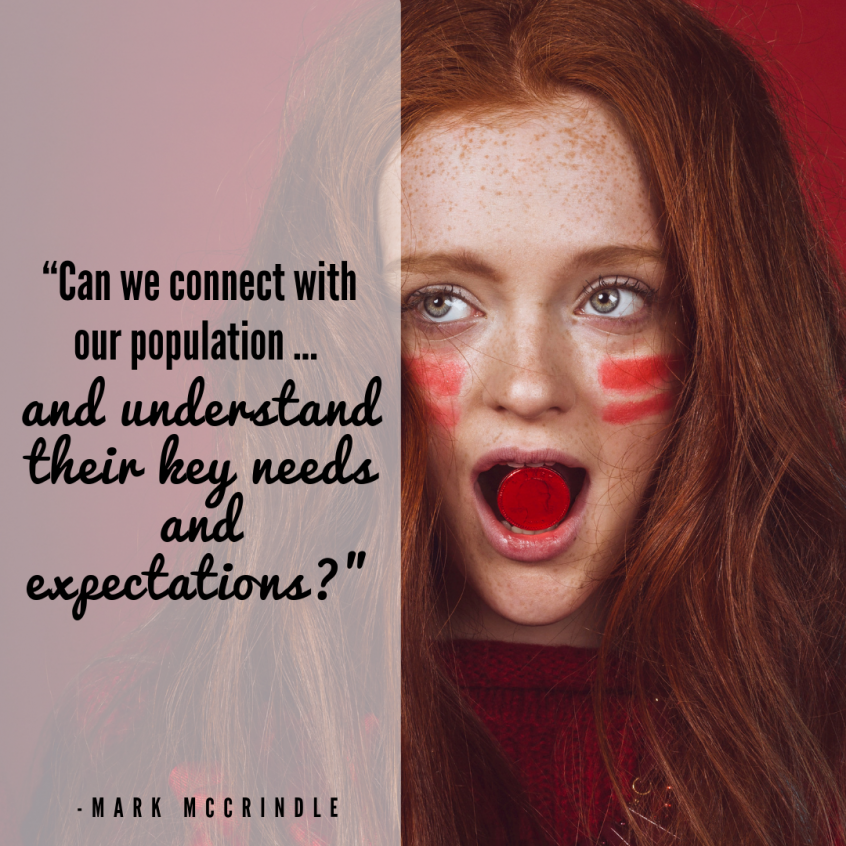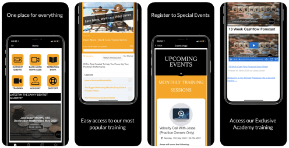The world is changing – and so is Australia.
There are three key factors influencing demographics in Australia. First, we are seeing a massive population boom. In 2006, we hit 20 million across the country and today we are more than 25 million. We’ve increased our population by more than a quarter in just over a decade. And we see this growth most strongly in our capital cities, which means we are seeing apartment living and vertical communities within dense urban centres.
This population growth is due to increased births, yes, but also a healthy rate of immigration. This means that we are also becoming much more culturally diverse. In both Sydney and Melbourne, our most diverse centres, more than one in three residents speaks a language other than English in their home.
The final key factor that defines the trends we’re seeing today is the ageing cycle. In the 2011 census, our average age was 37. The most recent census data shows that has risen slightly to 38. In some states, like Tasmania, the average age is higher even at 42. As a nation, we are growing older. This is great news as it means we’re living longer, but it also provides some challenges as well.
While this information might be academically interesting, what does it mean for dentists that run their own practices? There are practical applications we can find from this data that can help us reach new patients and connect with them. Here are a few takeaways we can glean from what we know about the shifting demographics of the Australian population.
If you don’t have a continuous marketing plan in place, you should.
The average renter in Australia stays just 1.9 years in each apartment. If your practice sits in a high rental area and you haven’t advertised or connected with the local community in over two years, chances are, half of the residents nearby have no idea you exist. The frequent turnover can be a good thing for your practice – if you can learn how to stay connected with your community. It will be a constant source of new business. And don’t worry – satisfied patients have high loyalty. Even when they move, they are open to traveling across the city twice a year for your services.
And of course, this is now a digital world so marketing needs to be more than flyers through mailboxes. Patients today are savvier than ever. With the invention of Dr Google, they can research medical professionals, read reviews of past patients, and make informed decisions about from who they wish to receive care. Make yourself available online so that you are easy to find.
Keep up with technology.
We’ve seen a lot of disruption in the last decade. Organisations that were not able to adapt to changing technologies have disappeared. There are lots of examples with this from even large companies like Kodak and Video Ezy.
Can we keep on the cutting edge? Can we stay relevant even as medical best practices and equipment continue to grow and change? We are being responsive? We are being adaptable?
People place high credibility on technology. If your dental practice is using the latest technology, it’s going to offer confidence to patients who expecting every area to be innovating and technologically informed.
Cultural shifts mean you might need to find new ways to connect with patients.
One in four of us is born overseas. We’re an incredibly diverse country that is now seeing a lot of immigration from Asia, where in the past it was largely from Europe. There are different priorities, value, expectations, and attitudes that come from Eastern cultures than Western ones.
Language diversity is also key. Can you connect with your local community? How can you better reach potential patients that might hold different needs in regard to oral health? If there is a common second language in your community, perhaps hiring someone who can speak that language can help facilitate new patient growth.
Connect with new generations early.
With new generations and young families coming to your practice, there is a great opportunity to lay the groundwork for long-term relationships with these patients. The best oral care isn’t just about this visit or the next cleaning. Regular dental visits are about a holistic approach to health. This kind of approach creates confidence and stability into the future. When you can show, “Hey, this is the foundation we’re bring to your child so that they can stay healthy years into the future,” it will be easy to begin to connect with parents and create a long-term relationship.
Just as these newer generations can be very loyal patients willing to travel to see a medical provider they trust, they also aren’t going to continue to go to the same dentist just because their parents did. They are happy to move on if they find another dentist that meets their needs. So it is important to work with them and connect with them so they will stay with you long term.
Final Words…
Keeping up to date on our shifting demographics can help give us great insight and actionable practices we can institute today to ensure that we are competitive into the future. It can be scary when things change – especially if we’ve been doing the same thing for years. However, with change comes opportunity.
The dentists and practices that can stay flexible and adaptable through these changing times are the ones that will make it to the other side. In the end, these tips are not so different from before. It boils down to offering the best dental care you can and providing a safe, supportive environment that understands the needs of the community.






